Wildlife Photography from a Kayak
Capturing Nature: Wildlife Photography from a Kayak
Exploring the world of wildlife photography while kayaking is an exhilarating experience that combines the tranquility of nature with the thrill of capturing its beauty. As a photographer with a passion for the great outdoors, I’ve found that being on the water offers a unique vantage point for observing and photographing wildlife in their natural habitat. In this post, I’ll share my experience and some tips for capturing stunning wildlife photos from a kayak.
The Adventure Begins
Setting out on a kayak with my trusty Canon R5 and the RF 70-200mm f/2.8 L lens, I was eager to explore the waterways and capture the vibrant wildlife around me. The 70-200mm focal length is perfect for wildlife photography, offering a versatile range that allows me to capture both close-up portraits and wider environmental shots. The kayak allows for a stealthy approach, enabling me to get closer to animals without disturbing them. Paddling through serene lakes and winding rivers, I encountered a diverse array of wildlife, from graceful birds to curious mammals.
Why Kayaking for Wildlife Photography?
Kayaking offers several advantages for wildlife photography:
- Proximity to Wildlife: Kayaks allow you to get close to wildlife without disturbing them, providing excellent opportunities for intimate shots.
- Unique Perspectives: The low angle from a kayak offers a fresh perspective, creating dramatic compositions that showcase the environment and the subject.
- Access to Remote Areas: Kayaks can navigate through narrow waterways and shallow areas that are inaccessible by foot or larger boats, opening up new photographic opportunities.
Tips for Kayak Wildlife Photography
1. Safety First
Before heading out, ensure that you’re equipped with safety gear, including a life jacket and a whistle. Familiarize yourself with the water conditions and weather forecast to ensure a safe outing.
2. Stabilize Your Camera
Keeping your camera stable on a moving kayak can be challenging. Use a waterproof dry bag to store your gear when not in use and consider using a monopod or a bean bag for added stability when shooting.
3. Be Patient and Observant
Wildlife photography requires patience and keen observation. Take the time to quietly observe your surroundings, listen for animal calls, and look for movement in the water or on the shoreline.
4. Focus on Composition
Pay attention to the composition of your shots. Use the rule of thirds to create balanced images and look for leading lines, such as the curve of a riverbank or the reflection on the water, to draw the viewer’s eye into the scene.
5. Respect Wildlife
Always maintain a respectful distance from wildlife and avoid making sudden movements or loud noises. The goal is to capture natural behavior without causing stress to the animals.
Capturing the Perfect Shot
One of the most memorable moments of my kayaking adventure was photographing a goose taking flight from the water. The low angle of the kayak allowed me to capture the reflection of the wings on the water’s surface, creating a dynamic and powerful image. This experience reinforced the importance of being prepared and ready to capture fleeting moments.
Final Thoughts
This project was one of the most enjoyable I’ve ever undertaken, combining my love for photography and nature in a way that was both challenging and rewarding. The joy of discovering new wildlife and capturing their beauty from a kayak is something I can’t wait to experience again. I plan to continue this adventure in different locations, exploring new waters and capturing the diverse wildlife each place has to offer. Whether you’re a seasoned photographer or a nature enthusiast looking to try something new, kayaking provides an exciting platform for capturing the wonders of the natural world.
I hope this post inspires others to explore the world of wildlife photography from the unique perspective of a kayak! If you have any questions or need more tips, feel free to reach out.

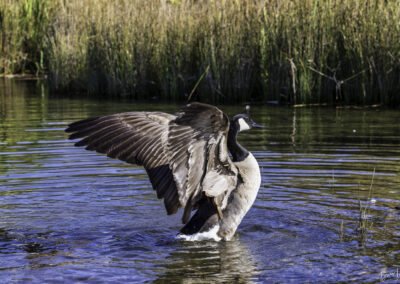
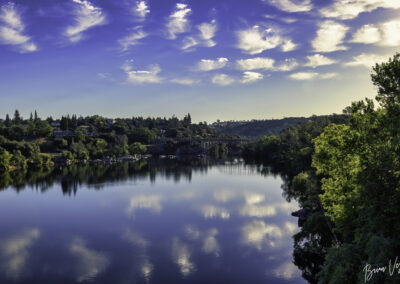
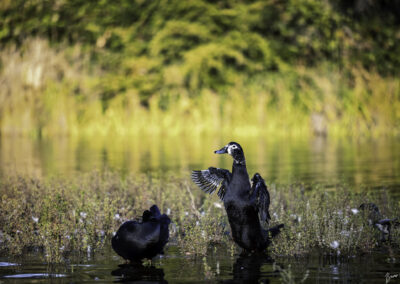
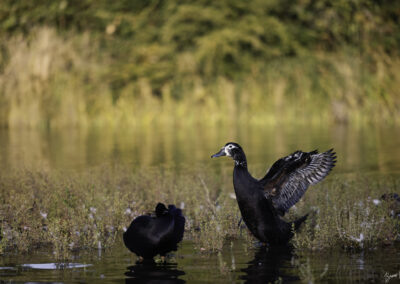
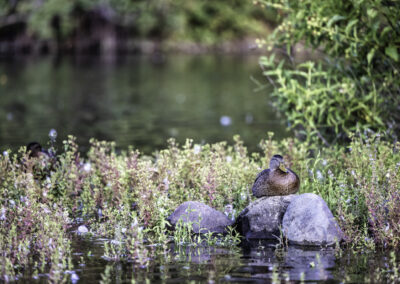
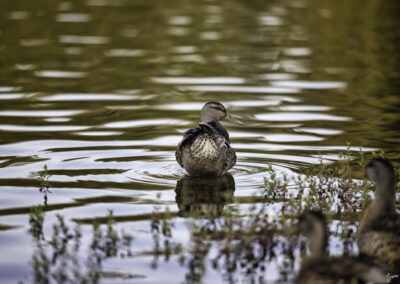
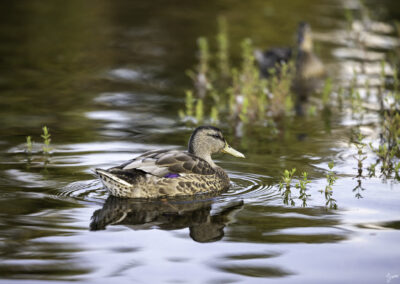
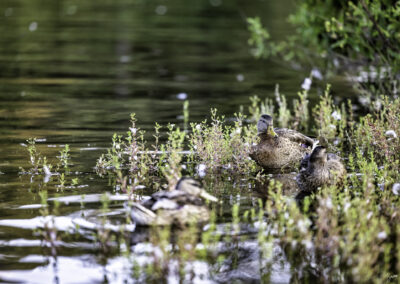
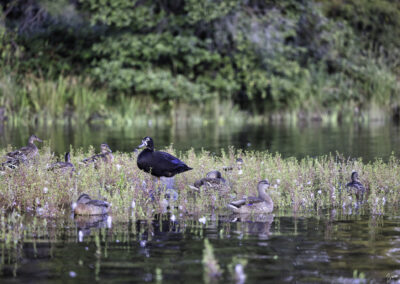
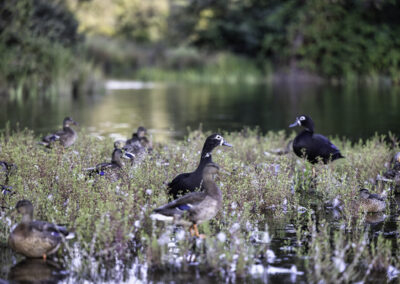
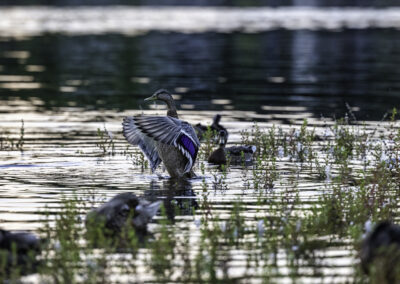
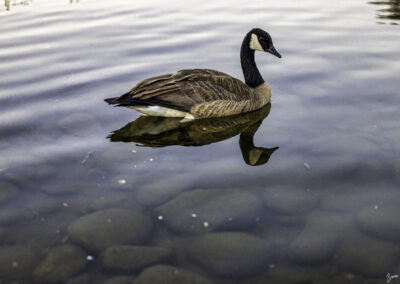
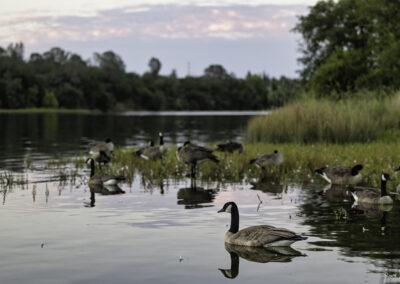
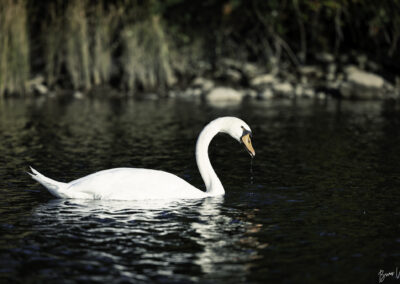
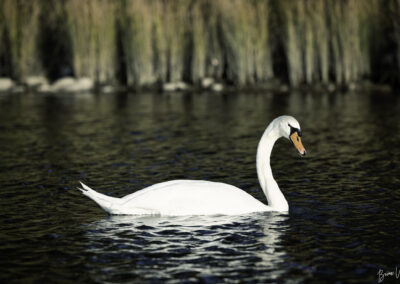
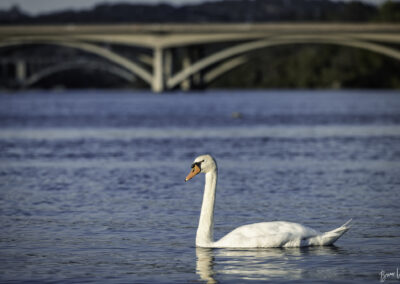
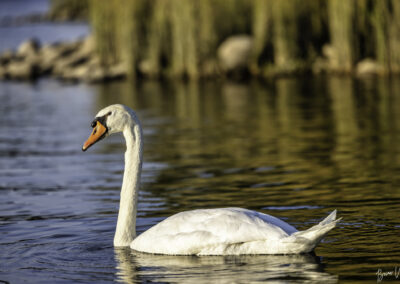
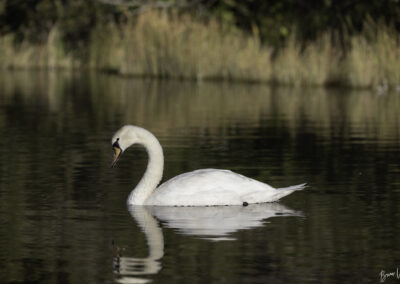
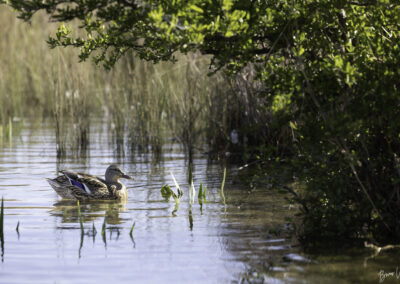
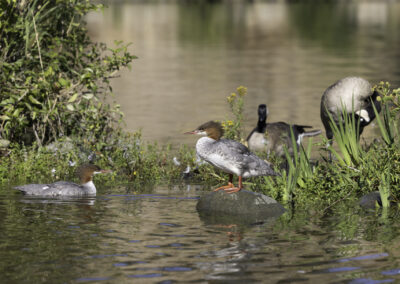
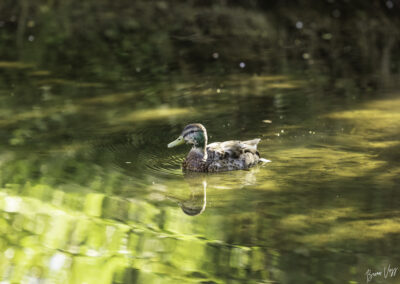
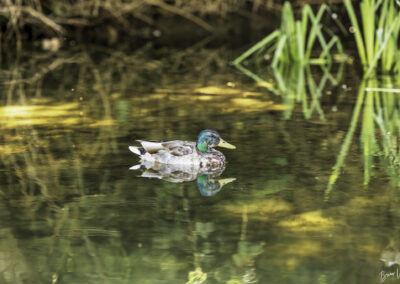
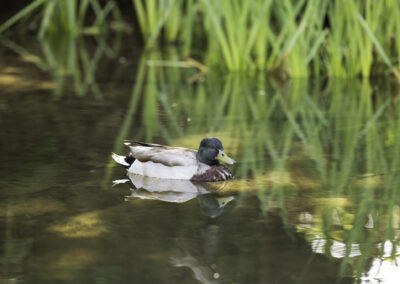
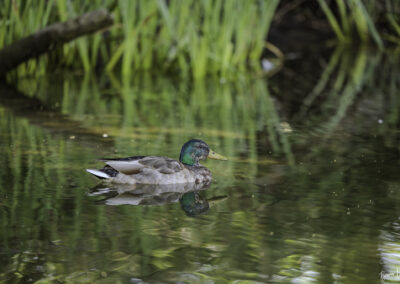
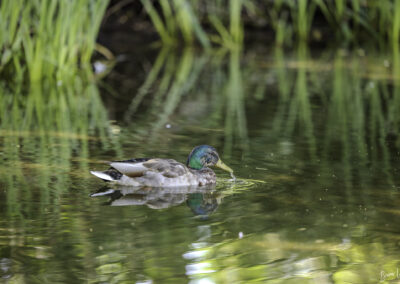
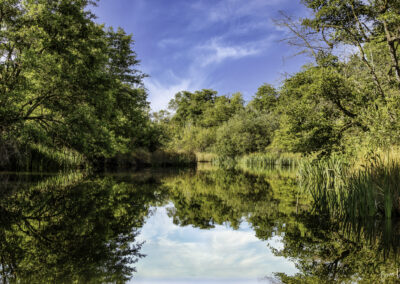
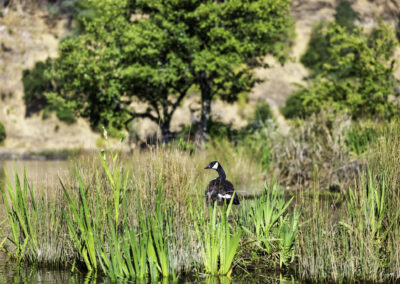
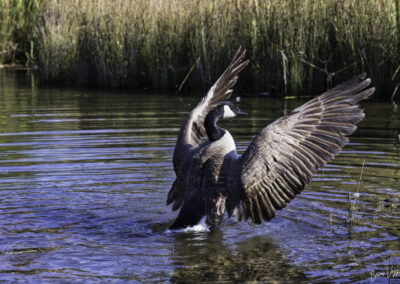
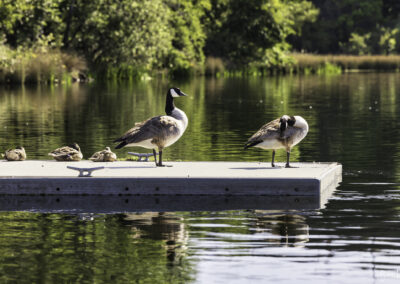
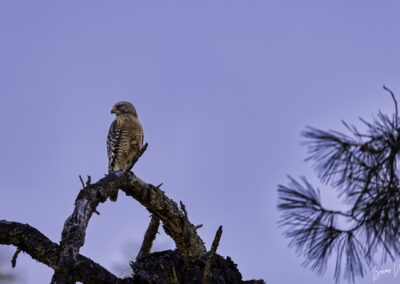
0 Comments